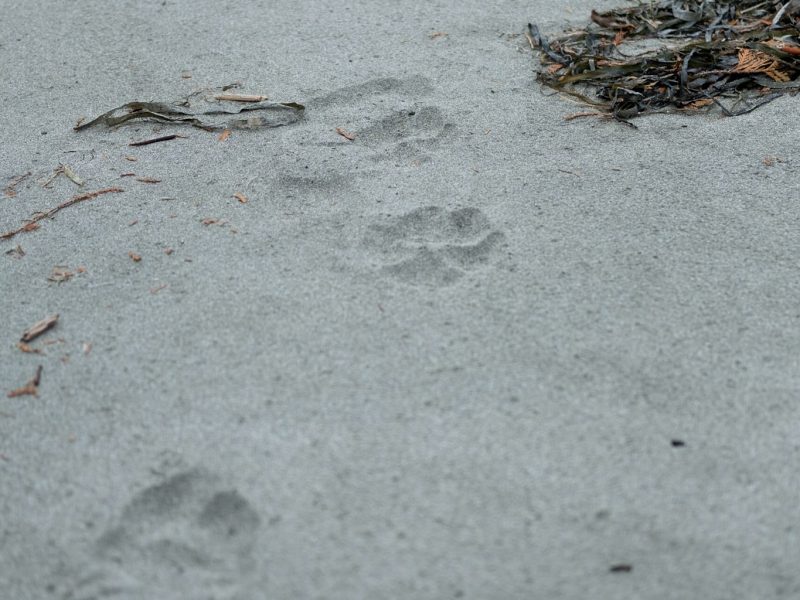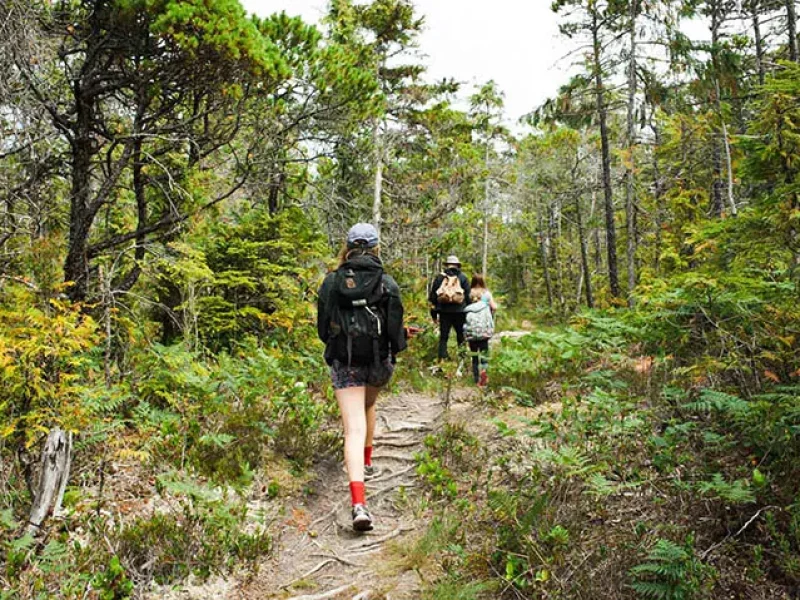Coexisting with Coastal Wolves: Local Stories & Remote Camera Monitoring with Marcie Callewaert
Description
Learn about local animal population monitoring through wildlife camera traps. Motion sensor cameras take photos of animals passing by and record the date, time, and temperature of the sighting. Reviewing the data helps us develop baseline data for the diversity and abundance of local animal populations. Wildlife cameras also help us monitor changes in diversity, abundance and animal behaviour over time. Encouraging students to set up a trail cam on their first day to Vargas Island provides an opportunity for students to learn from the land mammals we share this environment with.
Where
Cedar Coast property, walking distance
When
Year-Round
Group Size
5-30
Length of time
1-2hrs
Cost
$250
Core Competencies
Communication, Critical Thinking, Creative Thinking
Specific Competencies
- Question and investigate
- Generating ideas
- Collaborate to plan, carry out, and review constructions and activities
- Analyze and critique
Teacher
Marcie Callewaert
Teacher Info
Optional Assignments
Yes
Subject Connections
ELA
(Comprehend, Connect, Communicate): Ideating and communicating.
SC
(Plan, Conduct, Process, Analyze and Evaluate Data): Evidenced based decision making through science. Complex roles and relationships contribute to diversity of ecosystems. Land use, management and degradation.
SS
(Continuity and change, Cause and Consequence): Local actions have global consequences, and global actions have local consequences. We shape the local environment, and the local environment shapes who we are and how we live. Incorporating data from a variety of sources allows us to better understand our globally connected world.
Related Programs

Biodiversity Surveys
Explore the rocky intertidal or bog forest biomes through the lens of species abundance and diversity. Students will be introduced to quadrat sampling- a research technique used to gather data in the field about populations, zonation, and overall species health. Biodiversity surveys help to establish ecological baseline data so that we can monitor changes in local plant and animal populations over time. This program provides a perfect balance of unstructured time for exploration, and an educational opportunity for students of all ages to participate in ecological research.

Coexisting with Coastal Wolves: Local Stories & Remote Camera Monitoring with Marcie Callewaert
Learn about local animal population monitoring through wildlife camera traps. Motion sensor cameras take photos of animals passing by and record the date, time, and temperature of the sighting. Reviewing the data helps us develop baseline data for the diversity and abundance of local animal populations. Wildlife cameras also help us monitor changes in diversity, abundance and animal behaviour over time. Encouraging students to set up a trail cam on their first day to Vargas Island provides an opportunity for students to learn from the land mammals we share this environment with.

Hike to Ahous Bay & Local Plant ID
This hike is not for the faint -hearted! It is an unmaintained trail within the Vargas Island Provincial Park which navigates through a coastal bog ecosystem. Our educators will share knowledge about the stunted shore pines, edible berries, and carnivorous sun-dew plants found along the way!
Upon arrival of your destination, a long white sandy beach directly facing the wide Pacific Ocean awaits. Here, there are certain species of barnacles and seaweeds that only thrive in exposed coastline- not found near the field station. If the tide is right, walk north along the beach to a freshwater lagoon where eagles, osprey, wolf tracks and juvenile salmon are often spotted.

Micro-Plastic Surveys &/or Beach Clean Up- Partnership with Surfrider Foundation
Following the same methodology as the Ucluelet Aquarium, we can monitor how micro-plastics are deposited in the marine environment. We have information on the ecological impacts of micro-plastics on the marine ecosystem but we do not yet know how ubiquitous micro-plastics are in coastal BC. Students will conduct a survey on a Vargas Island beach so we can learn how and which micro-plastics are being deposited on our beaches.

Plankton Tow and Microscope Analysis
Explore the marine environment by conducting a plankton tow! Plankton are collected when a fine, mesh net is dragged through the water column. Marine plankton are microscopic organisms that play a huge role in ocean health. Learn about the role of plankton in the environment, and view individual plankton using microscopes in the CCFS laboratory.
